Tips and Advice for Preparing for Homework and Learning at Home this Academic Year
Never before has it been so important that we set up a place for our kids to learn at home. Yes, learning takes place everywhere from reading and watching documentaries on our couch, cooking in the kitchen, digging, growing, and harvesting in the garden and heading outdoors to explore nature. But, as we start the new school year with homework, the prospect that schools could close again, families home educating, distance learning, and virtual schooling it’s worth taking a little time so you can be prepared. I’m sharing below what we are doing here in the Rainy Day Mum house to prepare.
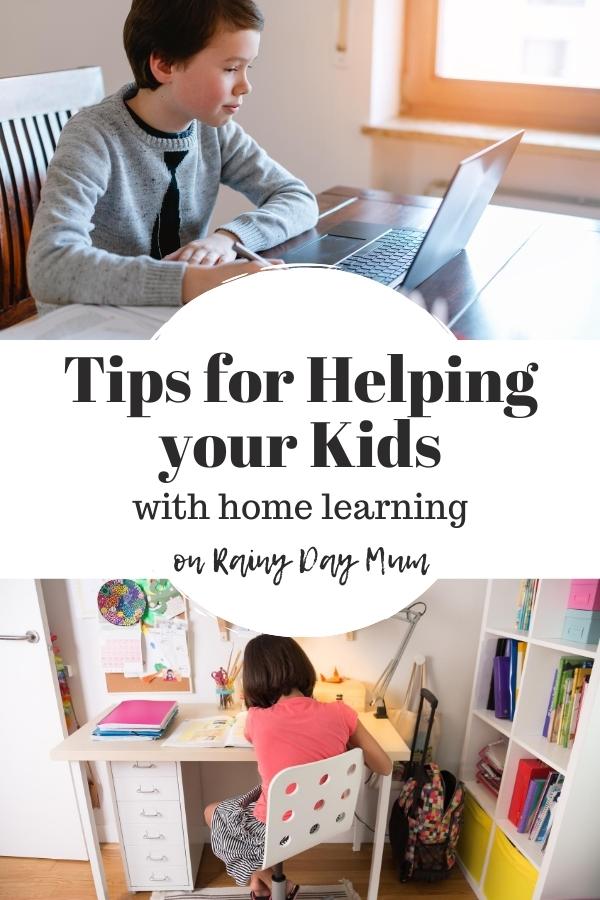
If you have spent any time looking at homeschooling on the internet and Pinterest you will have discovered the gorgeous homeschooling rooms. It would be lovely to have this, but in all honesty, it’s taken us 13 years just to have a house with a study where myself and Rainy Day Dad can work from home. So, although I do browse and pin them as I dream we have to be honest with ourselves that they are just not practical.

Instead, this is about how you can do it and get prepared for your kids learning at home this academic year. Whether it’s completing homework set by school, homeschooling your school age kids or providing them with the best environment for distance and virtual learning.
If you have preschoolers or toddlers you may want to read our Supporting your Preschooler learning at home.
Learning at Home
We have included affiliate links to some of the products and resources as an associate we may earn from qualifying purchases.
Learning at home takes many different forms from after-schooling (something we have always done with our kids), to homework set by the teacher and then in the last few months virtual, distance and homeschooling.
Part of the advice I’m going to share is the same advice I was given as a child, my parents did with us at home, then when I started teaching I passed on to my students and their parents and now do with my own kids when it comes to homework.
The other part of the advice is what I’ve learnt and put in place over the last few months as we’ve supported our eldest with virtual learning and home educated our youngest.
One of the things that you do need to grasp from the start, is that unless your child is doing virtual classrooms where the teacher sets the pace. Home learning can and will usually take a lot less time than a standard class session.
Homework, however, can be a different matter. I won’t go into here my views as a teacher and parent on it. But, it can take from a few minutes to what seems to never end.
But, the basics of supporting your school age kids at home with their learning are the same.
Where to learn?
So kids learn anywhere, if it’s reading you are doing then get comfortable. If it’s writing then you ask any teacher that teachers handwriting to their students it’s much easier to write on a hard surface in the correct sitting position.
So depending on what work you are doing with your kids is where you should advise them to learn.
We’ve got some examples below:
Reading
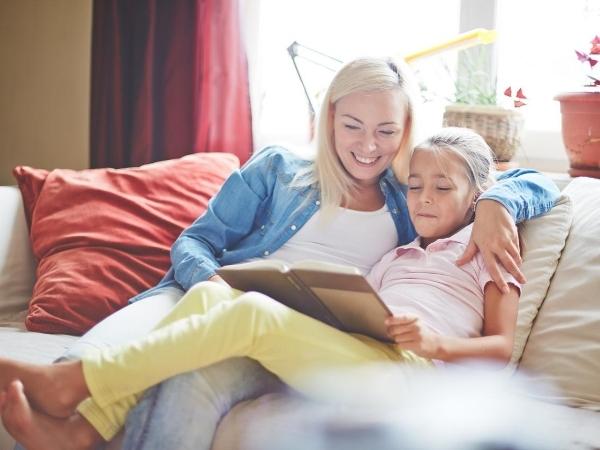
Get comfortable, make sure the light is good and get reading. The couch, their bed, on bean bags on the floor out in the garden under a tree. It really doesn’t matter where you read just that you can see what you are reading and are comfortable.
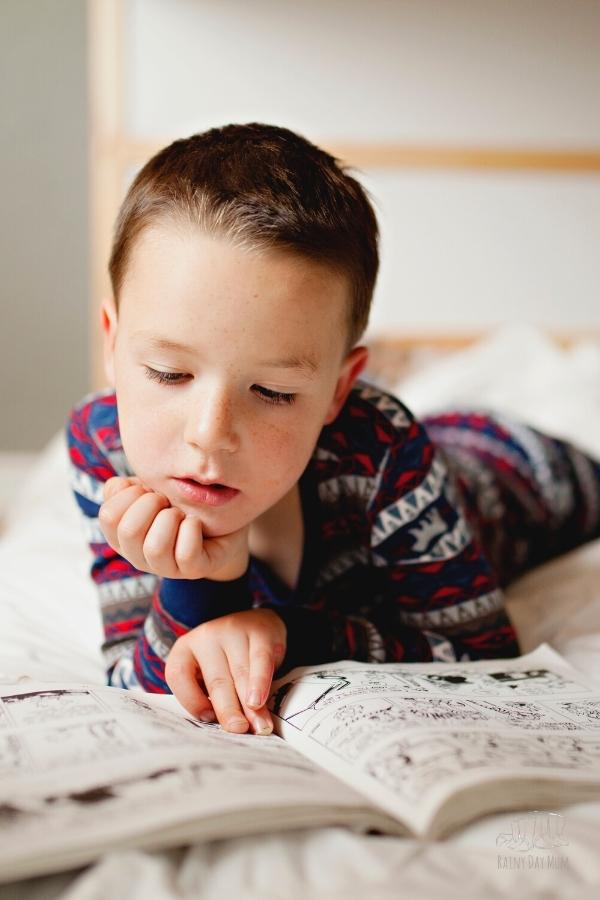
Do they need to make notes? If then, it may be a good idea to move to a table or desk but make sure that the chair is comfortable. You want to be able to read the notes made again.
Digital and Virtual Learning and Lessons
Because there’s a combination of work involved we set up at a desk or table. Both have been used over the last few months.

Ensure that you have something so that the screen can be raised to eye height – a tablet flat on a table means that your child will end up with neck ache if they have 2 or 3 hours of virtual learning a day.
Check out some of these ideas. You don’t have to buy a new machine or specialised equipment.
If you can get a keyboard that will help instead of typing on the screen as they will quickly learn to type as well using both hands and multiple fingers.

Then they need enough space to write beside it when needed as they may need to make notes or answer questions on a worksheet or in a book. A chair that is comfortable to sit on for extended periods of time is good as well.
Homework
Setting aside a location that has a proper chair and a table rather than on their lap is important for helping to develop good work habits early on and will support their writing. If you have space then a table/desk that is a suitable height for the kids will help to establish a good pose for writing and help their handwriting as well.

From September, homework in our house will be done at a desk set up in our kitchen, at the kitchen table or in the bedrooms.
Depending on the type and how much support is needed is where it will be done. We’re fortunate that this is now a possibility, however, it’s only recent before all homework was done at the kitchen table.
Equipment to Support Learning At Home
So what’s essential and what’s desirable and what is not really needed at all.
Essential Equipment
Our essential equipment is as follows:
Basic supplies for writing and colouring as well as paper (boy did my kids use a lot of paper in the last few months). We found this set in the USA and this one in the UK that looks really good if you are just equipping yourself.
A dictionary and thesaurus are useful.
In the UK we have the Oxford School Dictionary now that we use with our KS2/3 kids. When they were in KS1 we had the Usborne Illustrated Dictionary (we still refer to this sometimes). We asked our friends in the US and they recommend the Merriam Webster’s Dictionary.
We use the Oxford School Thesaurus and the Collins Primary Illustrated Thesaurus. They have proved extremely useful in helping our youngest to improve her creative writing and descriptive writing.
And lastly a printer – for homework to distance learning and for fun a printer has been essential. Having taught computer science and equipped classrooms and schools with printing equipment as well as use many at home we have a couple that we recommend.
The Epson EcoTank is our current printer, read our review to see why we love it. Prior to that, we had an HP Envy with an Instant Ink Subscription which made buying cartridges so often affordable – however, the EcoTank hasn’t had to be refilled once since we got in October!
Set a time aside to do home learning
Not exactly a resource for a homework station but as important as anything else that you could do or provide.

Kids thrive when there are routines, when they know what to expect and when things need to be done. With younger children you need to help them manage this. Set up “working hours” if learning at home or help them navigate planning for when homework should be carried out.
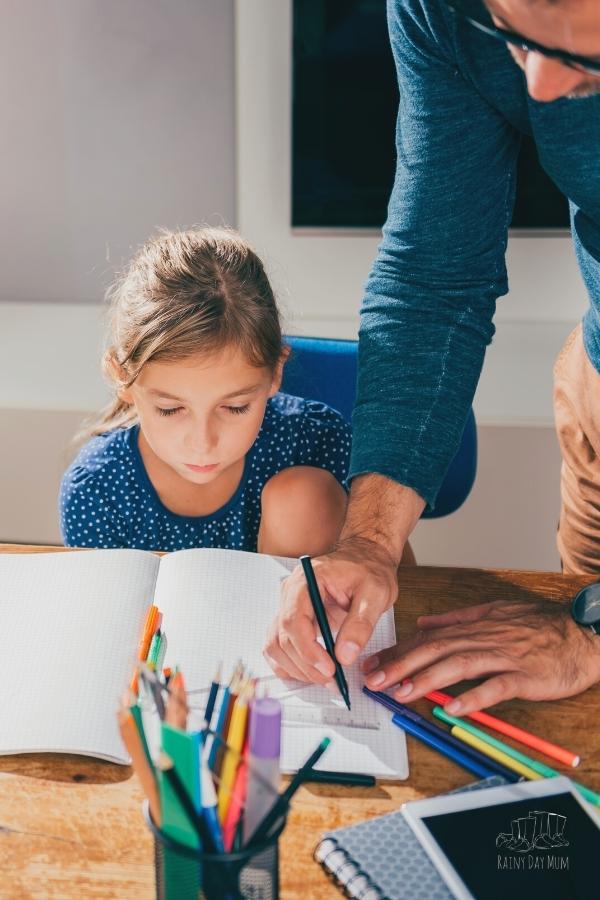
As they get older support them and discuss how and when they will do the work. Help them plan and manage the work load it will make them more independent. We are now at the point with our eldest that we discuss what has to be done, due dates and then he decides when to do the work. At times, he still does the work he prefers first, but when it happens we help him understand and learn the best way to do go about it.
Have a location to put new and finished work
Whether it’s homework coming home from school, worksheets that are sent digitally or work as a home educator that they have finished and want you to check having locations where it can be found is best.
New homework for us goes into a tray when we come home from school, finished homework goes in another tray, unless it’s due the next day and then it’s straight in a bag.
The same goes for virtual learning worksheets, we have an in out system. With home educating our work is placed in a folder, I have mine with planning sheets and then on the day they come out and are used. Once completed they are marked.
More Back to School Tips and Advice
- Making Back to School Goals with your kids
- Back to School and Guide for Parents
- Back to School Tips for Kids
Check out these Home Learning Ideas from Us
- Support the learning of spellings and sight words with our Simple Post-It Spelling Wall
- Addition and Subtraction help with a set of DIY Base 10 you can make at home.
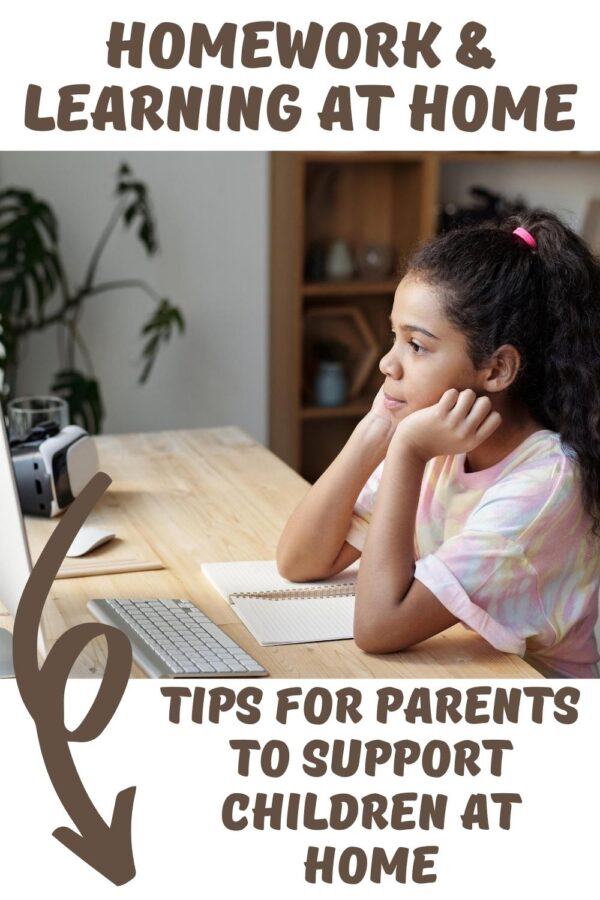
Cerys Parker
Cerys is a marine biologist, environmental educator, teacher, mum, and home educator from the UK. She loves getting creative, whether it is with simple and easy crafts and ideas, activities to make learning fun, or delicious recipes that you and your kids can cook together you'll find them all shared here on Rainy Day Mum.




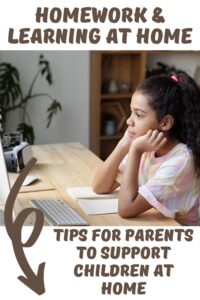





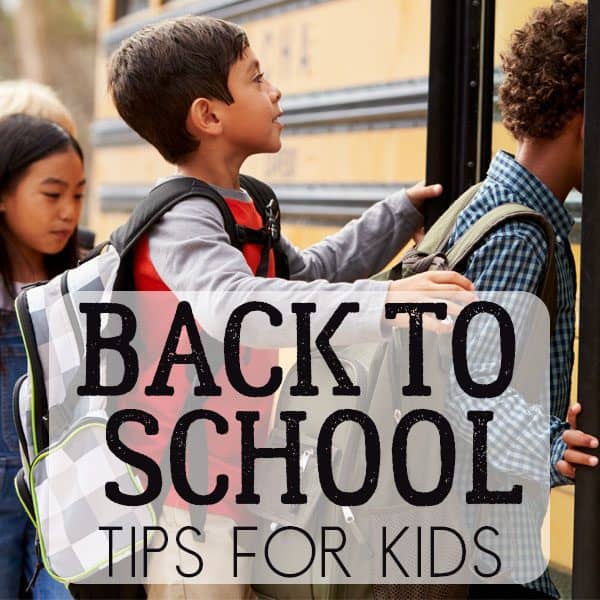

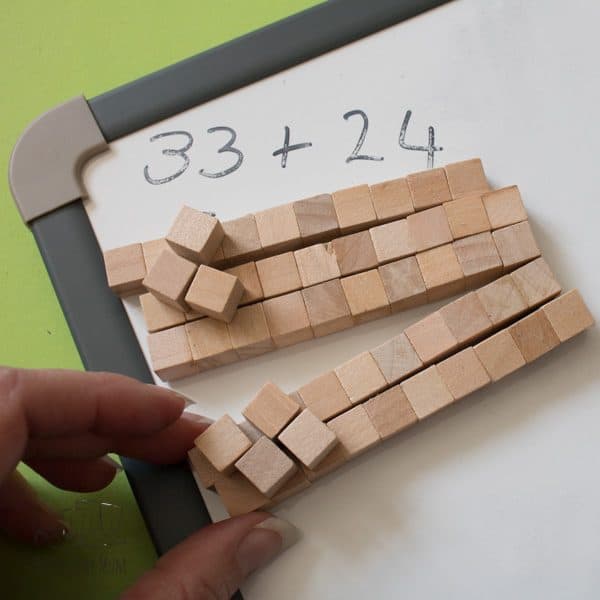
Perfect timing for me this post, my twins move into Year 1 and will start having homework. I love the idea of the Homework Pencil Case and we too will be dining table. some great tips, thank you
Super handy post! Especially, since I am FOREVER loosing my son’s reading books. Ooops. Thanks Cerys.
Maggy
It’s hard enough for parents to keep all of our stuff together so I love that you included have a location to put finished homework! That makes it so much easier to keep track of and is a great strategy to teach kids!